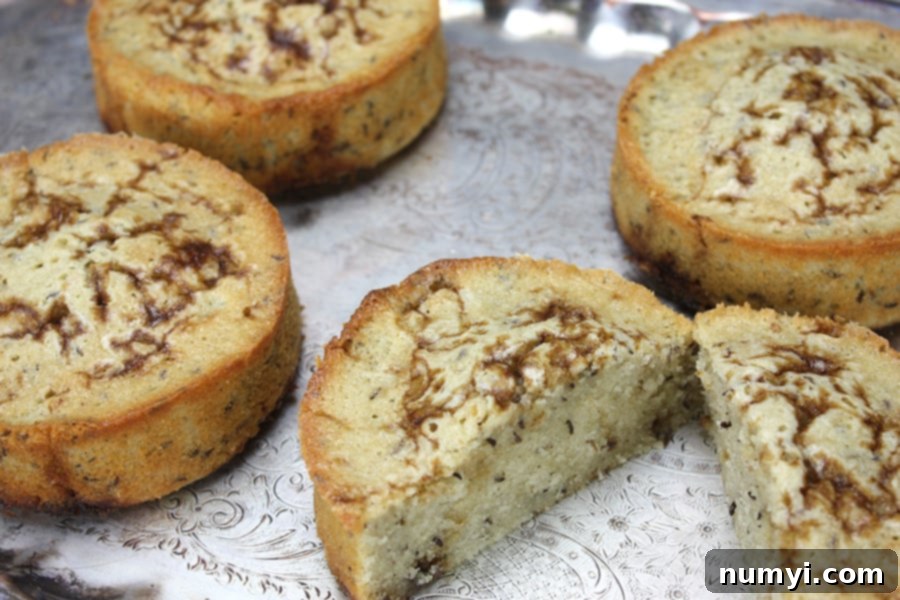Authentic British Seed Cake Recipe: A Delightful Journey to The Shire
As the husband behind the scenes of this culinary space, I occasionally get the privilege of sharing a recipe that truly sparks my imagination. Today, I’m thrilled to present “The Seed Cake,” a traditional British treat that holds a special place in my heart, not just for its delicious flavor but also for its fascinating literary connections.
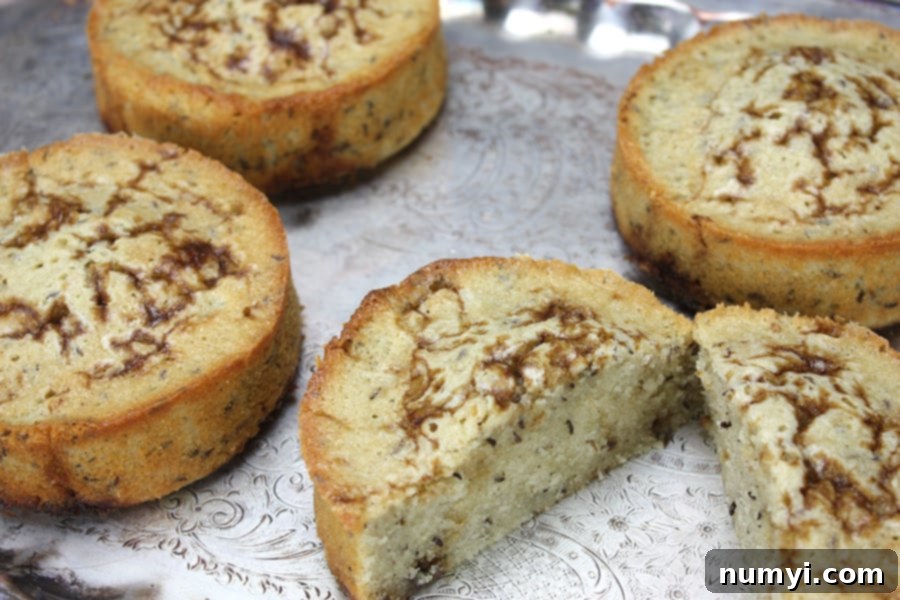
I must extend a huge thank you to my wonderful wife for indulging my “inner geek” and allowing this post to come to life. While some might find my enthusiasm for literary-inspired baking a bit nerdy, I believe there’s immense joy in connecting with history and fiction through food. And what could be more fun than literally taking a bite out of a beloved story?
Some called for ale, and some for porter, and one for coffee, and all of them for cakes . . . A big jug of coffee had just been set in the hearth, the seed-cakes were gone, and the dwarves were starting on a round of buttered scones . . . ‘And raspberry jam and apple-tart,’ said Bifur. ‘And mince-pies and cheese,’ said Bofur. ‘And pork-pie and salad,’ said Bombur. ‘And more cakes — and ale — — and coffee, if you don’t mind,’ called the other dwarves through the door. ‘Put on a few eggs, there’s a good fellow!’ Gandalf called after him, as the hobbit stumped off to the pantries. ‘And just bring out the cold chicken and pickles!’”
— An Unexpected Party, The Hobbit, by J.R.R. Tolkien
The Enduring Allure of Hobbit Hospitality and Food
As a lifelong devotee of anything related to J.R.R. Tolkien’s “The Lord of the Rings” and “The Hobbit,” I’ve always been captivated by the Hobbits’ profound appreciation for comfort, hearth, and, most importantly, food. Their entire way of life, particularly in the idyllic Shire, seems inextricably linked to good meals and pleasant company. Even amidst their most harrowing adventures, these resilient creatures found time to interject witty remarks about their next meal or a comfortable bed. Remember, “‘So you’ve come on this little expedition too? Where do we get bed and breakfast?’” – a classic line that perfectly encapsulates their priorities!
This charming fixation on food isn’t just a quirky character trait; it profoundly reflects Tolkien’s own memories of growing up in a Warwickshire village in the late 19th century. The simple, hearty fare and the rhythm of rural life deeply impacted him, shaping the very essence of the Shire. To delve into a recipe from this world is to literally step back in time, to experience a piece of history and literary magic simultaneously. The thought of replicating a dish that Bilbo Baggins himself might have enjoyed is, quite frankly, incredibly cool!
Choosing Bilbo Baggins’ Favorite: The Seed Cake
Tolkien’s works mention a delightful array of dishes, from potent mushroom soup to hearty pork pies. While a full Hobbit feast would be a grand undertaking, I knew my wife, the true culinary mastermind behind this blog, might not be entirely on board with a full-blown pork pie production just yet. So, I set my sights on a more manageable, yet equally iconic, treat: Bilbo Baggins’ beloved Seed Cake. Outside of the pages of “The Hobbit,” I had never encountered such a cake, which only intensified my curiosity and excitement to bake and taste it.
It’s an adventure in itself, discovering what this historical and fictional dessert truly tastes like. Would it live up to the cozy, comforting image portrayed in the books? There was only one way to find out!
While you’re here, why not also try our incredibly comforting Bread Pudding Recipe!
The Recipe: A Classic Reimagined from Mrs. Beeton
This particular seed cake recipe is a carefully adapted version of “A VERY GOOD SEED-CAKE: 1861” from the venerable Mrs. Beeton’s ‘Household Management.’ Isabella Beeton’s cookbook is a cornerstone of Victorian culinary history, offering a glimpse into the kitchens and dining rooms of 19th-century Britain. To follow her guidance, even in an adapted form, is to truly connect with the culinary heritage that inspired Tolkien himself.
This traditional British cake is known for its delicate texture and distinctive flavor, primarily from caraway seeds. It’s not overly sweet, making it a perfect accompaniment to a cup of tea, coffee, or even a robust ale, much like the dwarves would have enjoyed.
Equipment You’ll Need:
- 8-inch round cake pan (or four 4 1/2-inch springform pans)
- Large mixing bowls
- Whisk
- Sieve
- Spoon
- Wire cooling rack
Preparation Tips for the Perfect Seed Cake:
Before you begin, ensure all your ingredients are at room temperature, especially the butter and eggs. This helps them cream together smoothly, resulting in a lighter, fluffier cake. Take your time with each step, particularly the creaming and folding, as these are crucial for the cake’s final texture. Don’t rush, just as a Hobbit would never rush a good meal!
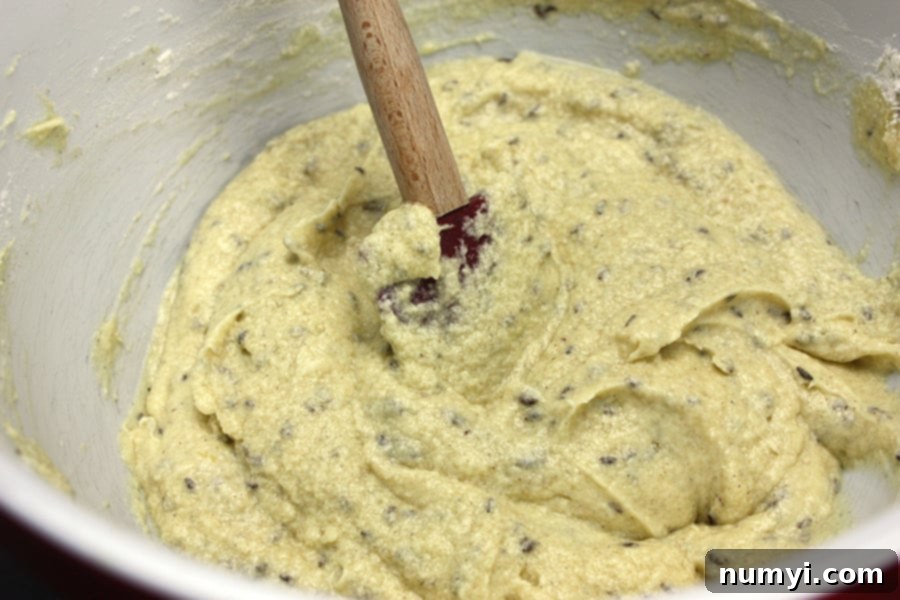
Baking the Seed Cake: Step-by-Step
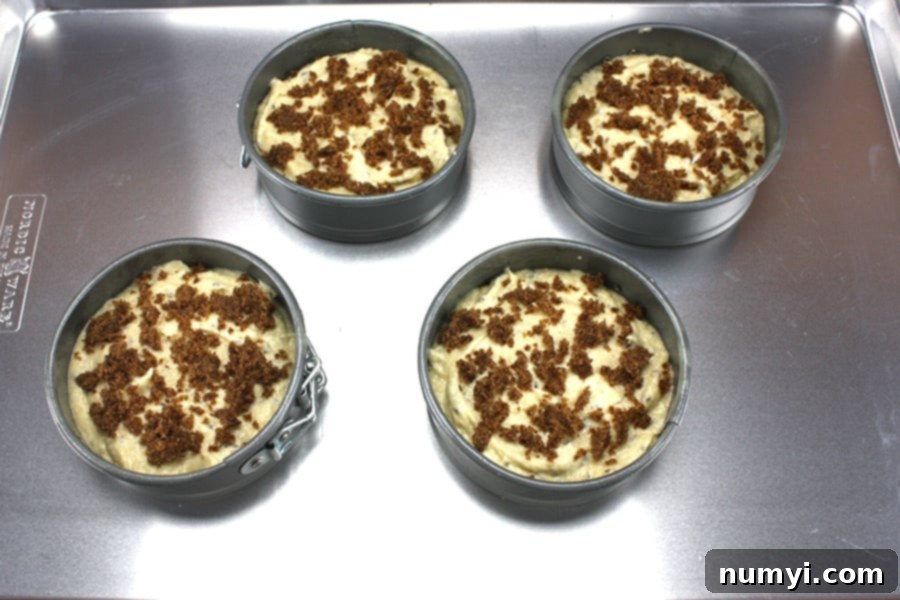
The baking process for this traditional seed cake is straightforward, but attention to detail ensures a perfect result every time. The goal is a moist, tender crumb with that delightful aromatic spice. If you prefer, instead of individual cakes, you can opt for a single 9-inch springform pan, which will require a slightly longer baking time.

Once your seed cakes emerge from the oven, allow them to cool in their pans for about 10 minutes. This crucial step helps the cakes firm up before you transfer them. After 10 minutes, gently turn them out onto a wire rack to cool completely. Resist the urge to cut into them immediately; the flavors deepen and the texture improves as they cool.

The Grand Tasting: A Journey Through Time
And now, for the moment of truth! After meticulously following Mrs. Beeton’s adapted instructions and letting the cakes rest, I wholeheartedly declare this Seed Cake to be “AMAZING!”. I had never tasted anything quite like it. The texture was wonderfully moist and tender, a hallmark of well-executed traditional British baking. But it was the flavor that truly transported me.
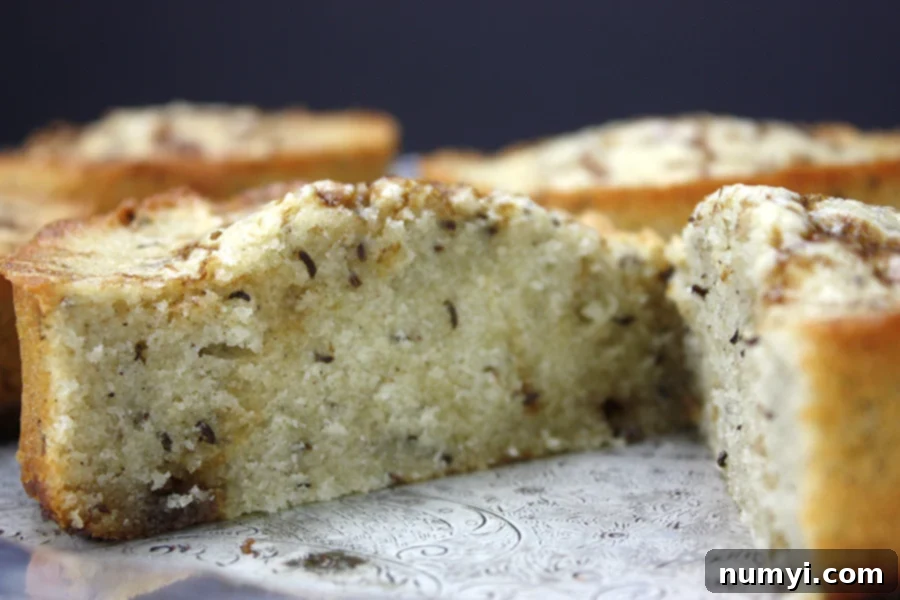
The caraway seeds impart a distinctive, subtle licorice-like flavor that is both intriguing and comforting. It’s a flavor profile that’s wonderfully balanced, not overly sweet, making it incredibly versatile. Paired with my iced coffee, it was a match made in culinary heaven. It was easy to imagine a world less frantic, a cozy Shire afternoon where friends gather around, sharing stories and enjoying good company over some slices of this very cake and a warm cup of tea.
Storage and Serving Suggestions
One of the beauties of this seed cake is that its flavors actually deepen and improve after a day or two. To keep it fresh and allow those spices to meld, wrap the cooled cake tightly in foil or baking parchment. Store it in an airtight container at room temperature, and it will keep beautifully for several days. This makes it an ideal bake-ahead treat for unexpected guests or simply to enjoy throughout the week.
Serve it simply with a hot beverage – tea, coffee, or even a glass of brandy for a truly traditional experience. It also makes a lovely, light dessert.
I immensely enjoyed this recipe and can unequivocally say that I would make this again. It’s more than just a cake; it’s a delightful connection to history, literature, and the simple pleasures of life. You truly never know when an unexpected party might show up at your door, and you’ll want to be ready with a taste of the Shire!
Don’t miss our delightful Strawberry Shortcake recipe for another sweet treat!
Traditional British Seed Cake Recipe
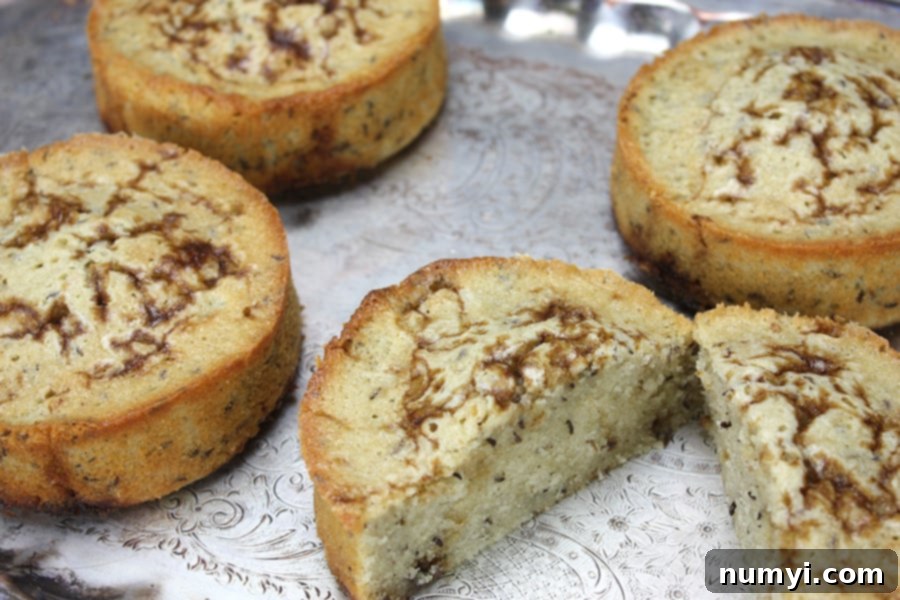
Seed Cakes
Print
Pin
Rate
cake, Dessert
British, English
15 minutes
35 minutes
50 minutes
4
889kcal
Don’t Sweat The Recipe
Ingredients
- 1 cup butter, softened
- 1 cup extra fine sugar
- 4 large eggs
- 1 1/3 cup self-rising flour, sifted
- 4-6 tbsp milk
- 2 tbsp brown sugar
- 4 tsp caraway seeds
- 3 tbsp brandy
- 1/2 tsp ground mace
- 1/2 tsp fresh ground nutmeg
Instructions
-
Pre-heat the oven to 350F. Prepare an 8″ round cake pan by greasing it and lining the base with greaseproof or silicone paper. Alternatively, use four 4 1/2″ springform pans.
-
In a medium-sized bowl, beat the eggs with a whisk until lightly frothed.
-
In a separate, larger bowl, cream the softened butter and extra fine sugar together using a whisk (or electric mixer) until the mixture is pale, light, and fluffy.
-
Gradually whisk in the beaten eggs, a little at a time, ensuring each addition is fully incorporated before adding more to prevent curdling.
-
Once all the eggs, sugar, and butter are thoroughly mixed, gently stir in the caraway seeds, ground mace, and fresh ground nutmeg.
-
Lightly fold in the sifted self-rising flour until just combined. Be careful not to overmix, as this can make the cake tough.
-
Add the brandy and stir it in gently until evenly distributed.
-
Finally, add just enough milk (or cream) to achieve a good ‘dropping’ consistency. The batter should drop easily from a spoon when tipped, being neither too wet nor too dry.
-
Spoon the mixture evenly into your prepared cake pans. Level the surface with the back of a spoon and sprinkle the brown sugar liberally over the top. Bake in the center of the preheated oven for about 30-40 minutes (for smaller pans) or until a toothpick or metal skewer inserted into the center comes out clean.
-
Allow the cakes to cool in their pans for 10 minutes before carefully turning them out onto a wire rack to cool completely.
Notes
Nutrition
